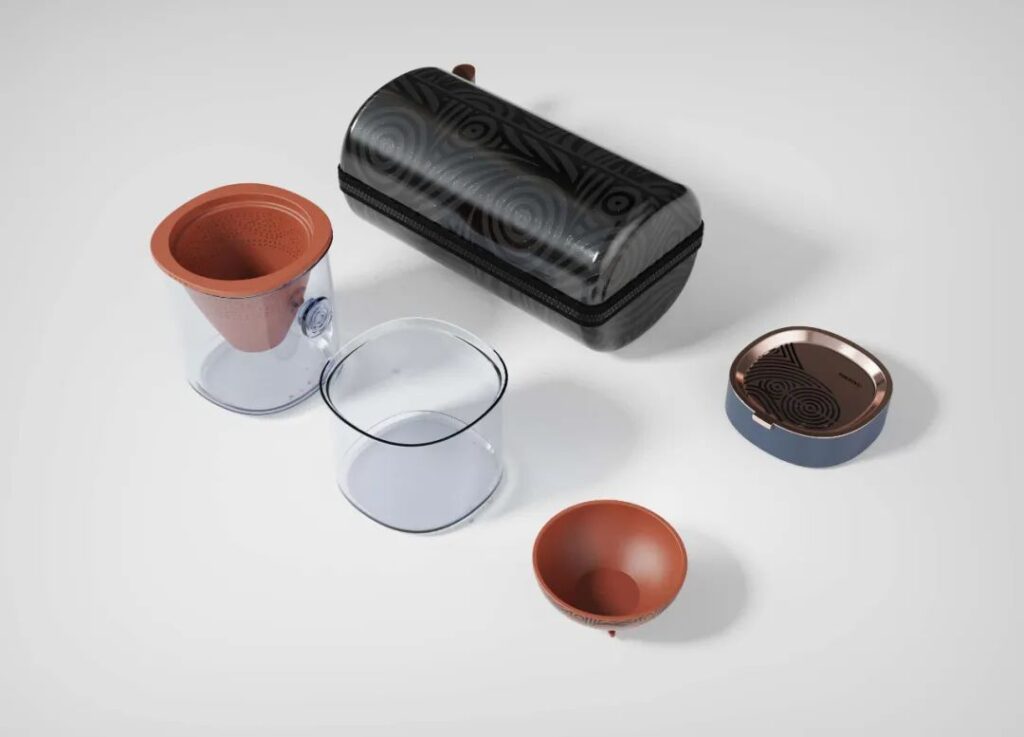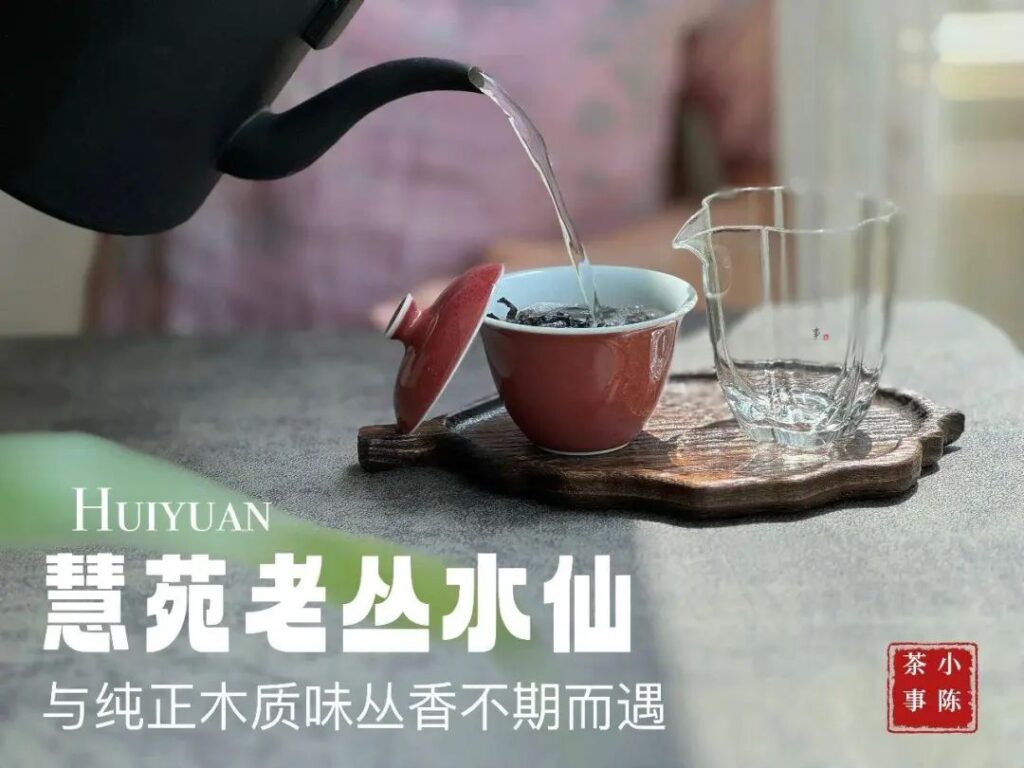The lingering aroma of tea has been a part of the traditional fragrance during the Spring Festival in the vast land of China. Tea, like a bright pearl, is embedded in the rich soil of traditional culture, exuding a unique and enchanting fragrance.
From the ancient Silk Road to the bustling modern cities, tea is not only a beverage but also a symbol of culture, carrying the wisdom and emotions of the Chinese nation for thousands of years. Especially during the Spring Festival, the most solemn traditional festival, tea plays an indispensable role.
Part 03: Tea in the Spring Festival, Cultural and Artistic Tea Brewing by the Fire
During the festive atmosphere of the Spring Festival, tea often appears in literary and artistic works. Throughout history, many literati have been inspired by tea during the Spring Festival, creating numerous masterpieces. The Song Dynasty poet Lu You once wrote during the Spring Festival, ‘On a cold night when guests arrive, tea serves as wine, with the bamboo stove boiling and the fire just turning red,’ depicting a warm scene of guests visiting on a cold night during the Spring Festival, substituting tea for wine, and brewing tea around the stove. In folk art, tea elements can also be seen in New Year paintings and paper-cuttings during the Spring Festival. For instance, in the New Year paintings of Yangliuqing, there is a scene depicting a family sitting together to drink tea and chat during the Spring Festival. The characters in the painting are vividly portrayed, with teapots and tea bowls on the table, full of life, showing the unique charm of tea in Spring Festival culture. Some paper-cutting works from various regions skillfully combine tea with Spring Festival elements, cutting patterns that combine the character ‘Fu’ with teapots and tea leaves, and pasting them on windows to symbolize a new year full of blessings and tea fragrance. Part 04: Tea in the Spring Festival, Cultural Heritage Camellia black tea still exudes a unique charm in the fast-paced modern society during the Spring Festival. Many families still maintain the traditional customs of brewing and tasting tea during the Spring Festival. Some cities even hold Spring Festival tea gatherings, where people can feel the atmosphere of the traditional festival amidst the fragrance of tea, seeking inner peace and tranquility. For example, in Kunming, Yunnan, the tea gatherings during the Spring Festival not only feature tea art performances but also include tea tasting, tea culture lectures, and other segments, allowing people to gain a deeper understanding of the types of tea, their production processes, and the cultural connotations behind them. The inheritance and development of tea culture not only make the Spring Festival more culturally rich but also provide people with a healthy and elegant way to celebrate the festival, allowing this traditional festival to shine with new vitality in modern society. During the Spring Festival, let us all enter the world of tea, savor the fragrance, and feel the profoundness of traditional culture. In the time it takes to enjoy a cup of tea, converse with history, and be accompanied by family, let the tea fragrance flow between our lips and let culture continue in its inheritance. The journey begins with tea, but it is not limited to tea; it is where the mind leads and leaves a blank space for life.

